Microsoft Surface Pro (2017) vs. Surface Go: Which should you buy?
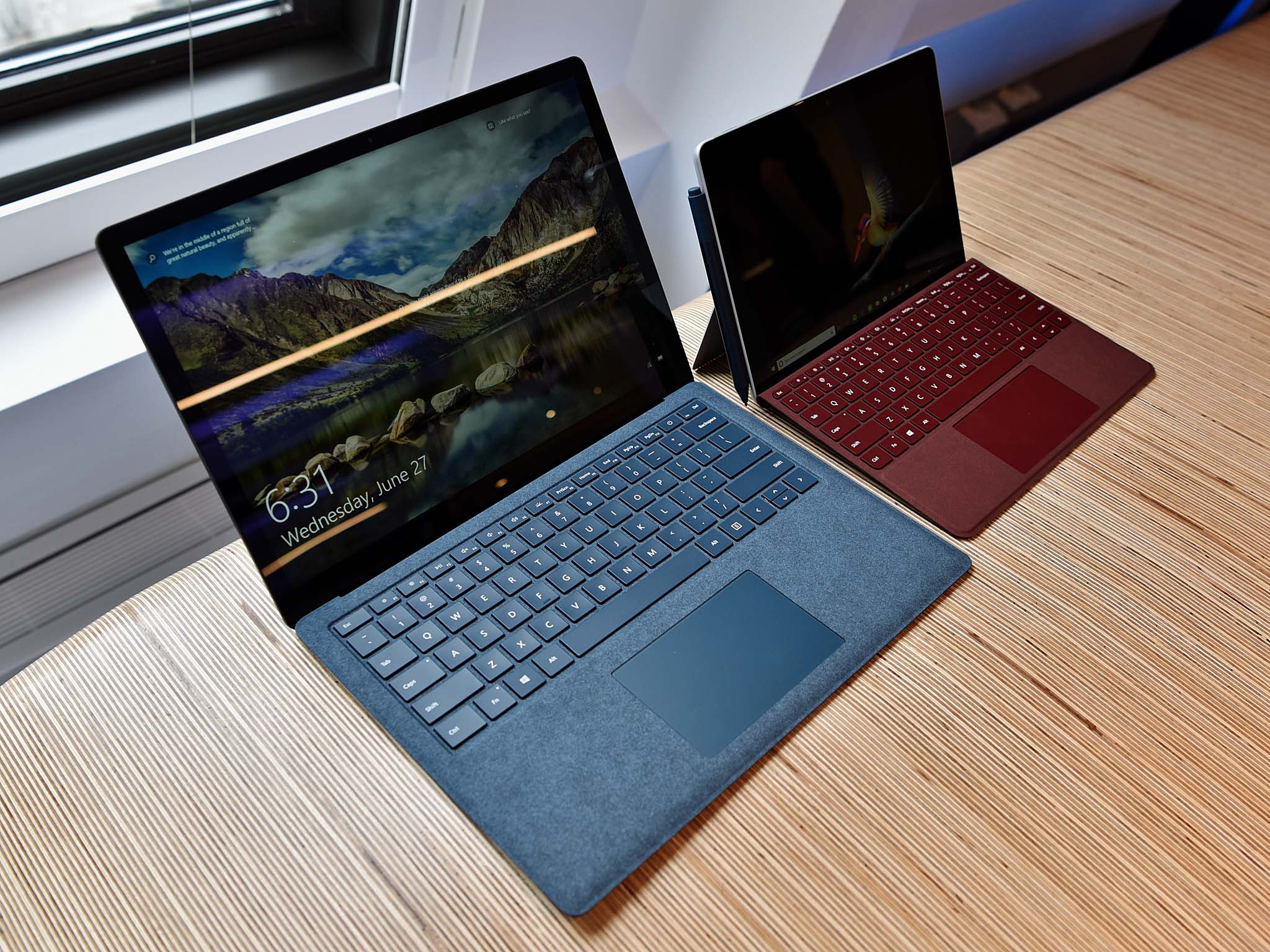
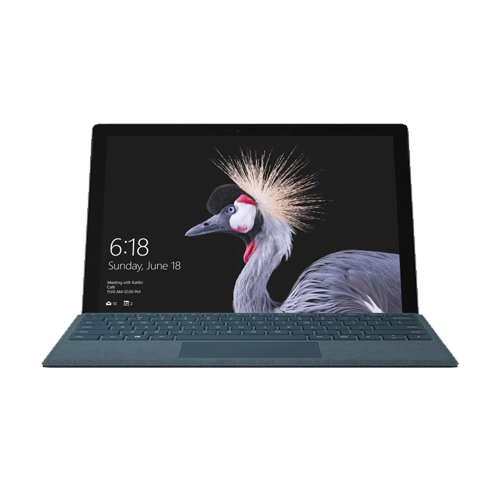
Desktop replacement
The Surface Pro (2017) — the fifth-gen model that shouldn't be confused with the Surface Pro 6 — has the hardware needed to be your desktop PC replacement, and there are plenty of configurations available. However, it's significantly pricier than the Surface Go and not quite as mobile.
For
- Powerful configurations available
- LTE option available
- Compatible with Surface Pen
- Built-in kickstand
Against
- Not as mobile as Surface Go
- Costs more than Surface Go
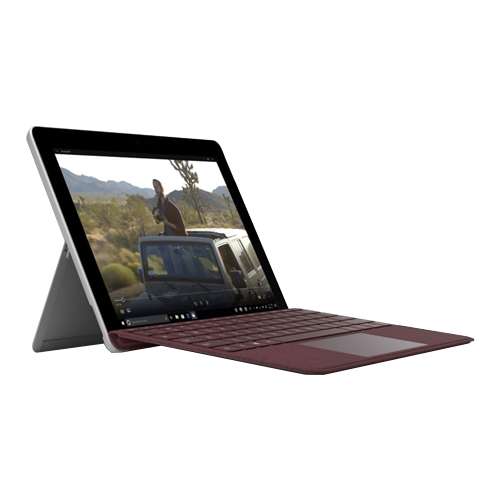
More portable
The Surface Go is the most portable Surface yet, and despite its lower price it retains a quality build. It has the performance for general everyday tasks like word processing and web browsing, and it has a high-res touch display compatible with the Surface Pen. However, if you need as much power as possible or more screen real estate, the Surface Pro (2017) makes more sense.
For
- Designed for mobility
- More affordable than Surface Pro
- Compatible with Surface Pen
- Built-in kickstand
- LTE option available
Against
- Not as powerful as Surface Pro
- Not as much display space
We've spent plenty of time with each of these devices, and though they're both Surface 2-in-1s, the Pro is better suited for those who need the power of a standard laptop. It's still a portable device, but the Go is smaller and overall better suited for those on the move, and it still has hardware suitable for everyday productivity tasks.
Tech specs
| Header Cell - Column 0 | Surface Pro (2017) | Surface Go |
|---|---|---|
| Processor | 7th Gen Intel Core m3-7Y307th Gen Intel Core i5-7300U7th Gen Intel Core i7-7660U | Intel Pentium Gold 4415Y |
| RAM | 4GB, 8GB, 16GB DDR3 | 4GB, 8GB DDR3 |
| Storage | 128GB, 256GB, 512GB, 1TB PCIe SSD | 64GB eMMC128GB SSD |
| Display size | 12.3 inchesTouch | 10 inchesTouch |
| Display resolution | 2,736 x 1,8243:2 aspect ratio | 1,800 x 1,2003:2 aspect ratio |
| Graphics | Intel HD Graphics 615 (m3)Intel HD Graphics 620 (i5)Intel Iris Plus Graphics 640 (i7) | Intel HD Graphics 615 |
| Ports | USB-A 3.0microSD card readerMini DisplayPortSurface Connect3.5mm audioNano SIM | USB-C 3.1microSD card reader3.5mm audioSurface Connect |
| LTE | Yes | Yes |
| Biometrics | IR camera | IR camera |
| Battery | 45 Wh | 26.1 Wh |
| Dimensions | Tablet: 11.5 in x 7.9 in x 0.33 in(292 mm x 201 mm x 8.5 mm) | 9.6 inches x 6.9 inches x 0.33 inches(245 mm x 175 mm x 8.3 mm) |
| Weight | 1.69 pounds (768 g) to 1.73 pounds (784 g)Type cover: 0.68 pounds (310 g) | Tablet: 1.15 pounds (0.52 kg)With keyboard: 1.7 pounds (0.77 kg) |
Design and features
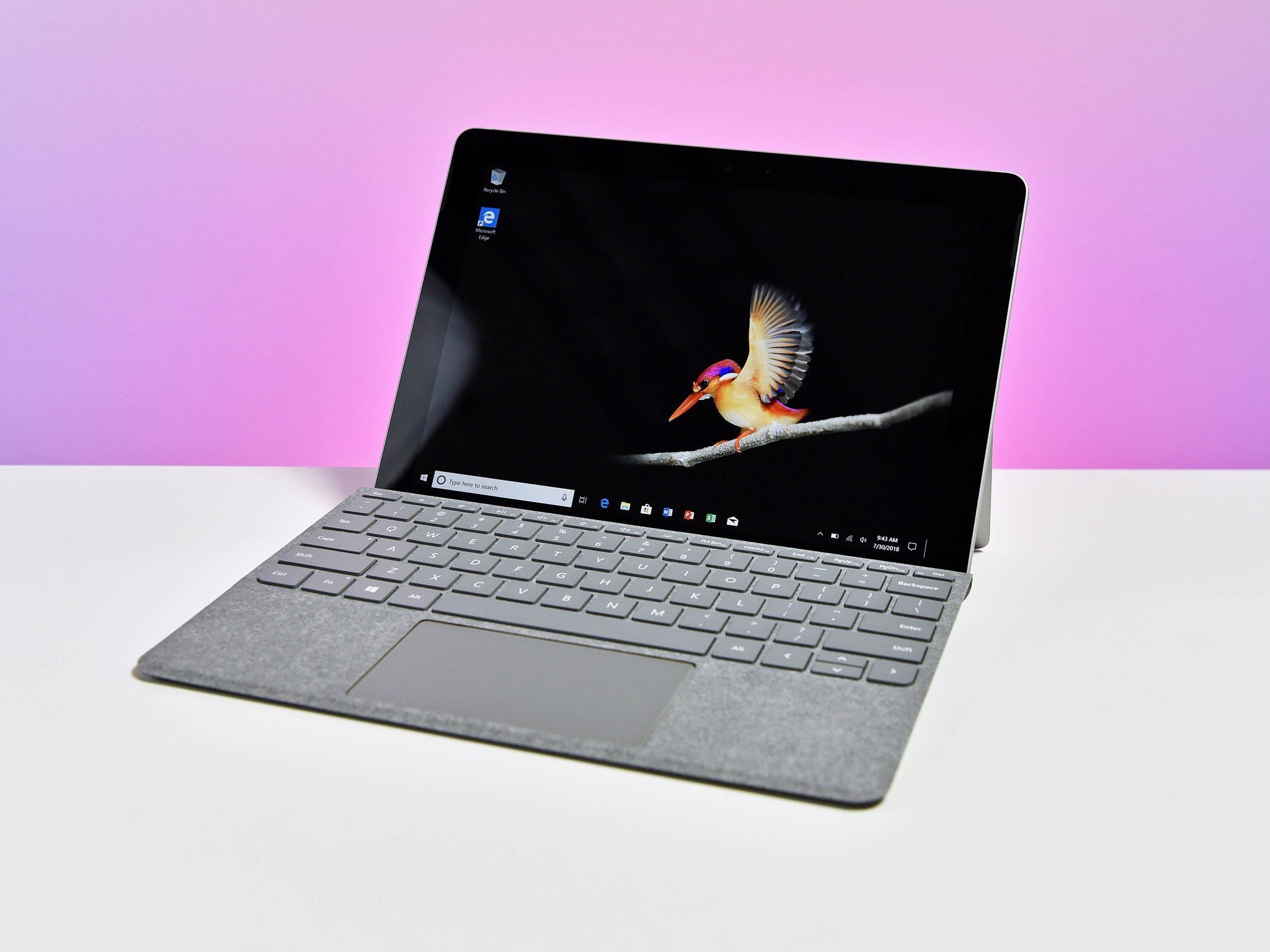
The Surface Go's chassis, compared to the Pro, has more rounded edges and corners that make it a bit easier to hold onto in tablet mode. It is smaller and lighter — the Go weighs in at just 1.15 pounds (0.52kg) without the Type Cover attached compared to the Pro's 1.69 pounds (0.77kg) — but it's made up of a single chunk of magnesium, just like the Pro. Both have kickstands on the back that can rotate out 165 degrees that allow you to type or draw with ease.
Both have front- and rear-facing cameras at 5 and 8 megapixels (MP) respectively, and both devices also have IR cameras with facial recognition that makes logging in through Windows Hello a snap. When it comes to ports, however, the Go has USB-C 3.1 while the Pro is stuck with USB-A 3.0, a difference that means more if you plan on using your device for years into the future. The Pro has a Mini DisplayPort for connecting video, both have Surface Connect for attaching a dock, and both have a microSD card reader for expanding storage.
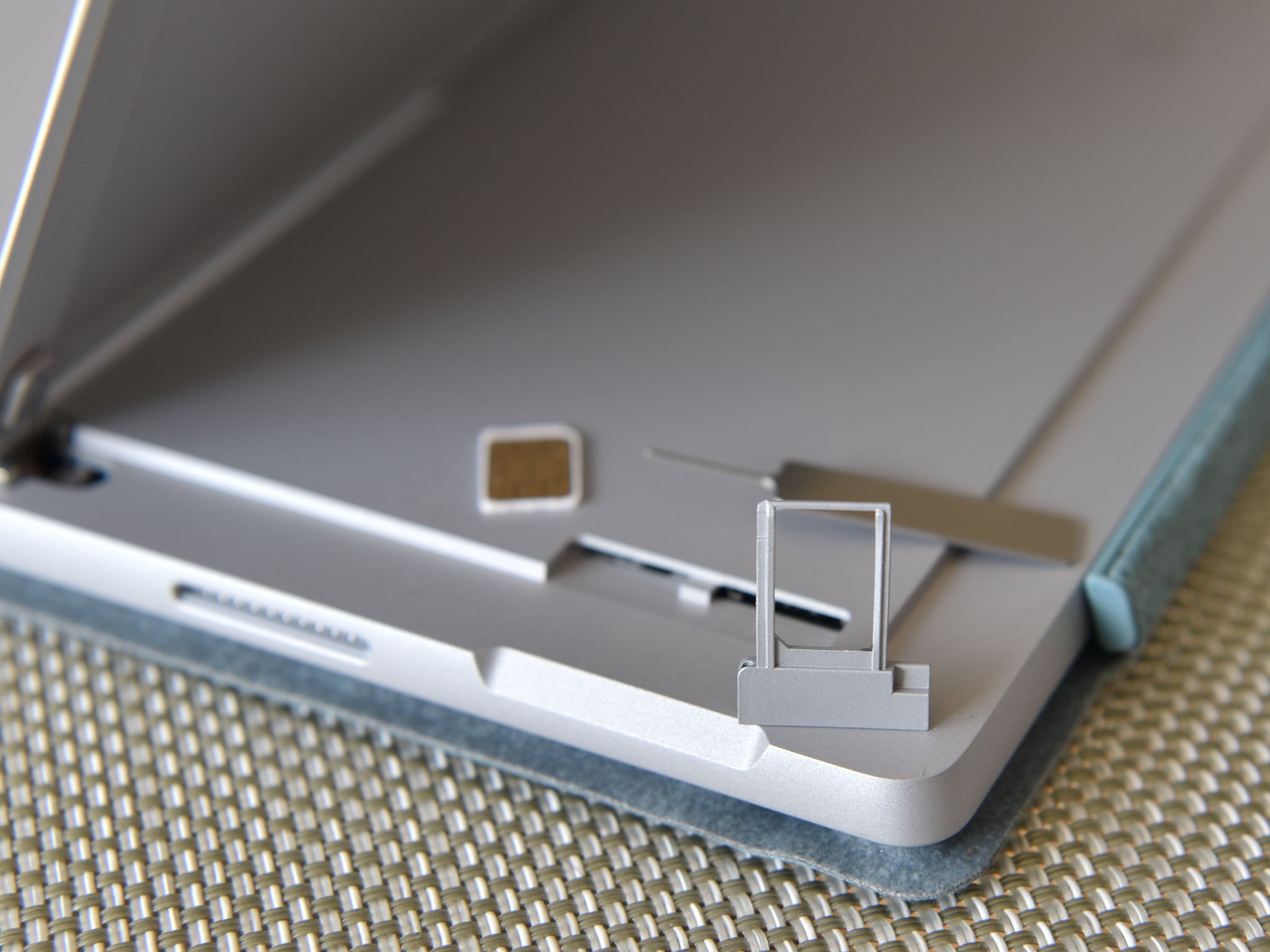
If you need LTE capabilities, both the Pro and Go have the option. As for accessories, the existing Surface Pen — sold separately for about $100 — works flawlessly on both devices, and both have Type Covers — also sold separately — with Precision touchpads and an Alcantara fabric finish.
The keyboard on the Go is definitely small and might take a bit of time to get used to, but it's perfectly functional. Still, if you're planning on using your Surface to type on all day, the larger size of the Pro's keyboard might make more sense. The best thing to do here is try out both in person to see which you prefer.
Display
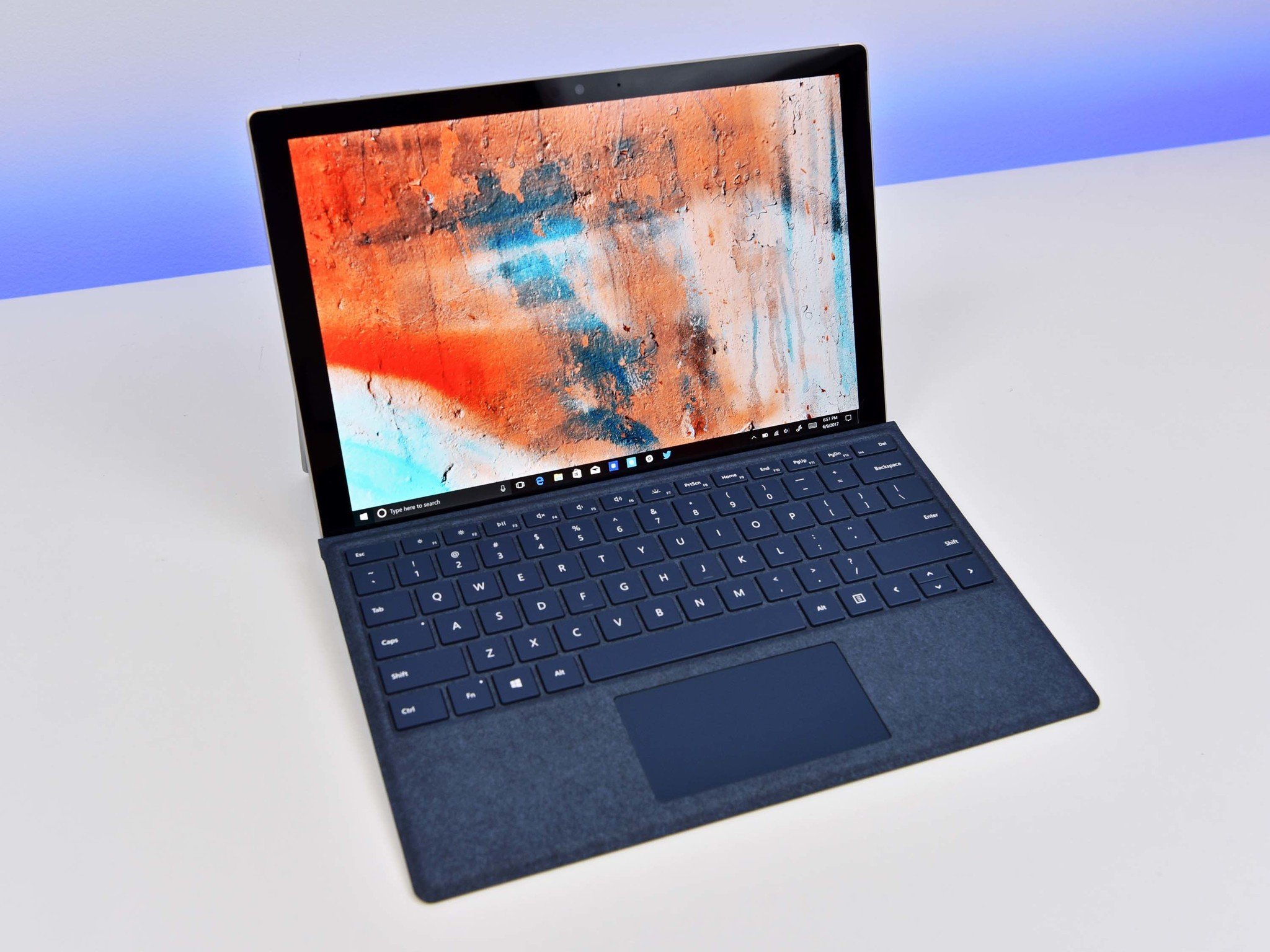
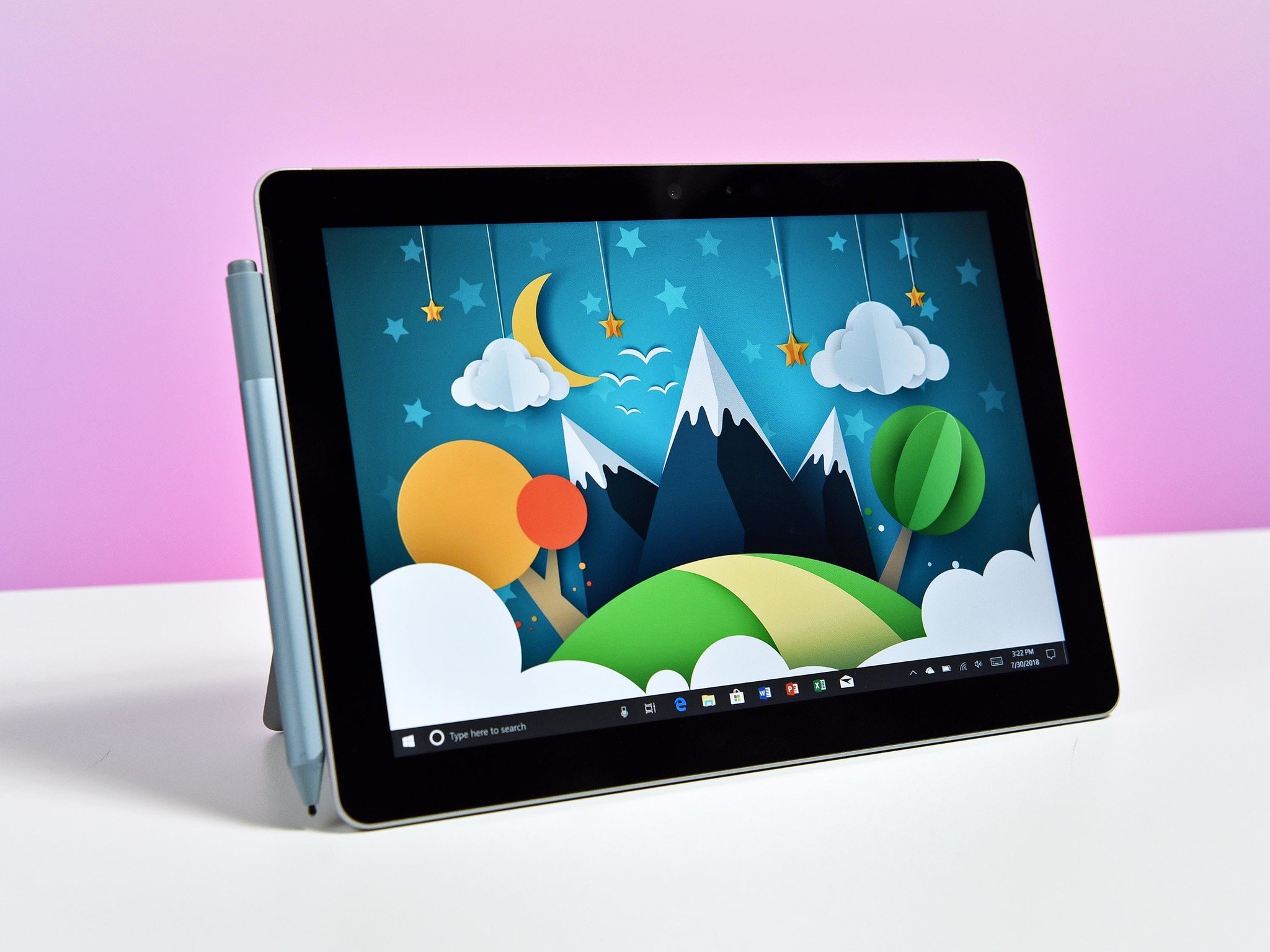
Despite the larger bezel and lower resolution, the Surface Go's touch display is quite impressive. For color accuracy, it hits 99% sRGB and 76% AdobeRGB, slightly higher results than the Surface Pro's 97% sRGB and 75% AdobeRGB. You get more real estate on the Pro's 12.3-inch display and there is less bezel, which definitely counts for something, but the Go seems set up to work more as a tablet with lots of space to hold onto, especially with a Surface Pen in-hand.
The Pro has a higher resolution than the Go — 2736x1824 compared to 1800x1200 — but the smaller overall size of the Go makes it less noticeable. Both have a functional 3:2 aspect ratio, and both have magnets in the side to hold the Surface Pen when not in use. If you love to draw, know that both devices support tilt when inking.
Get the Windows Central Newsletter
All the latest news, reviews, and guides for Windows and Xbox diehards.
Performance
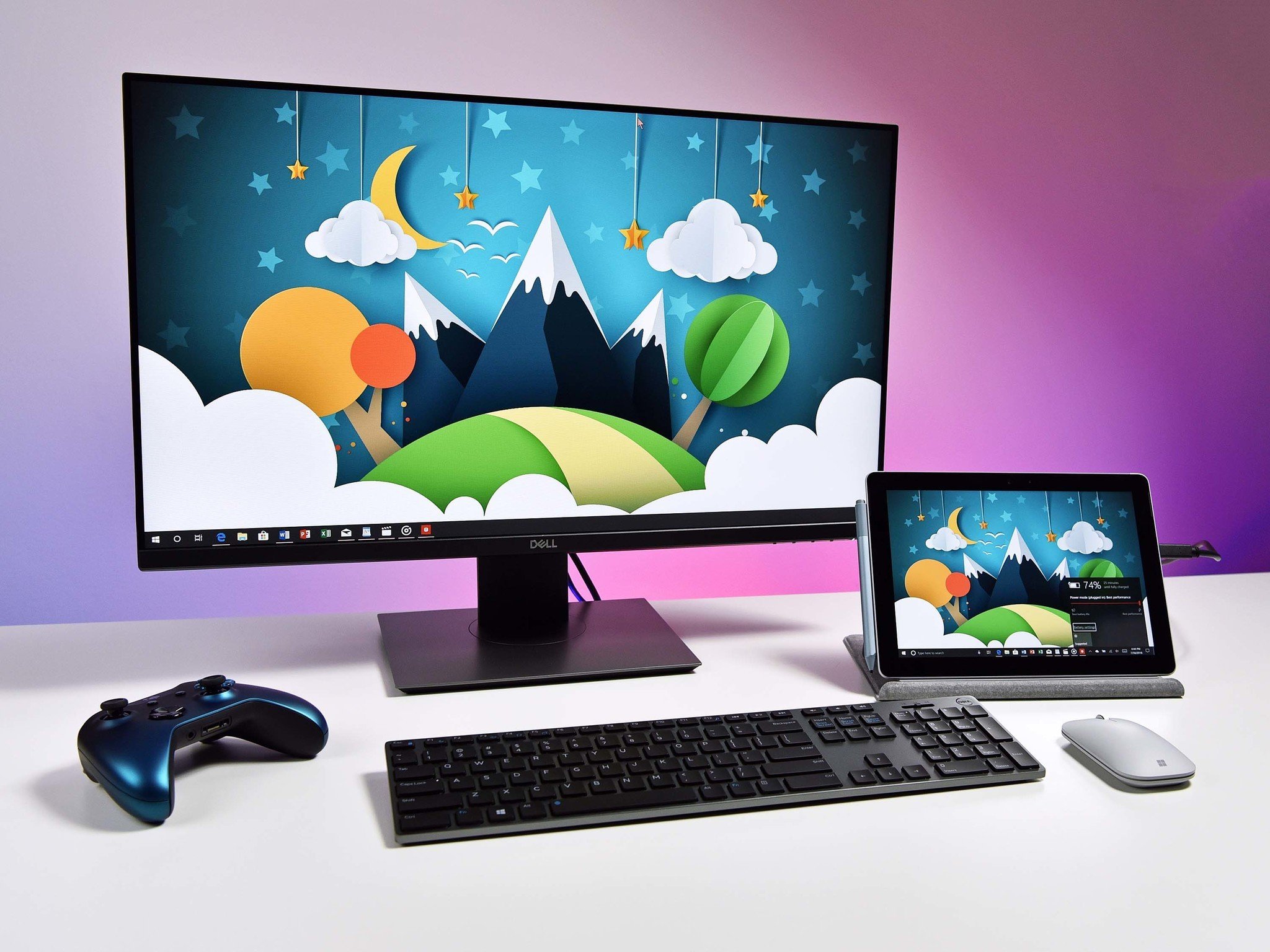
While these two devices are meant for separate purposes, performance isn't quite as lopsided as you might think. Both have all-day battery life, meaning you can leave your charger behind when you head out. Yes, the Pentium processor (CPU) in the Go is outperformed by the Surface Pro's Core CPU lineup — you can expect about double the performance from i5 and i7 models — and integrated graphics in the Pro likewise double what the Go has to offer.
However, when it comes to storage, the Go with 128GB solid-state drive (SSD) beats out the Pro in terms of sequential read and write speeds. The Go, in testing, hit 1,185MB/s read and 546MB/s write, while the Pro was able to hit 847MB/s read and 801MB/s write. Word of warning: The Go also has a 64GB eMMC storage that performs significantly slower.
Conclusion
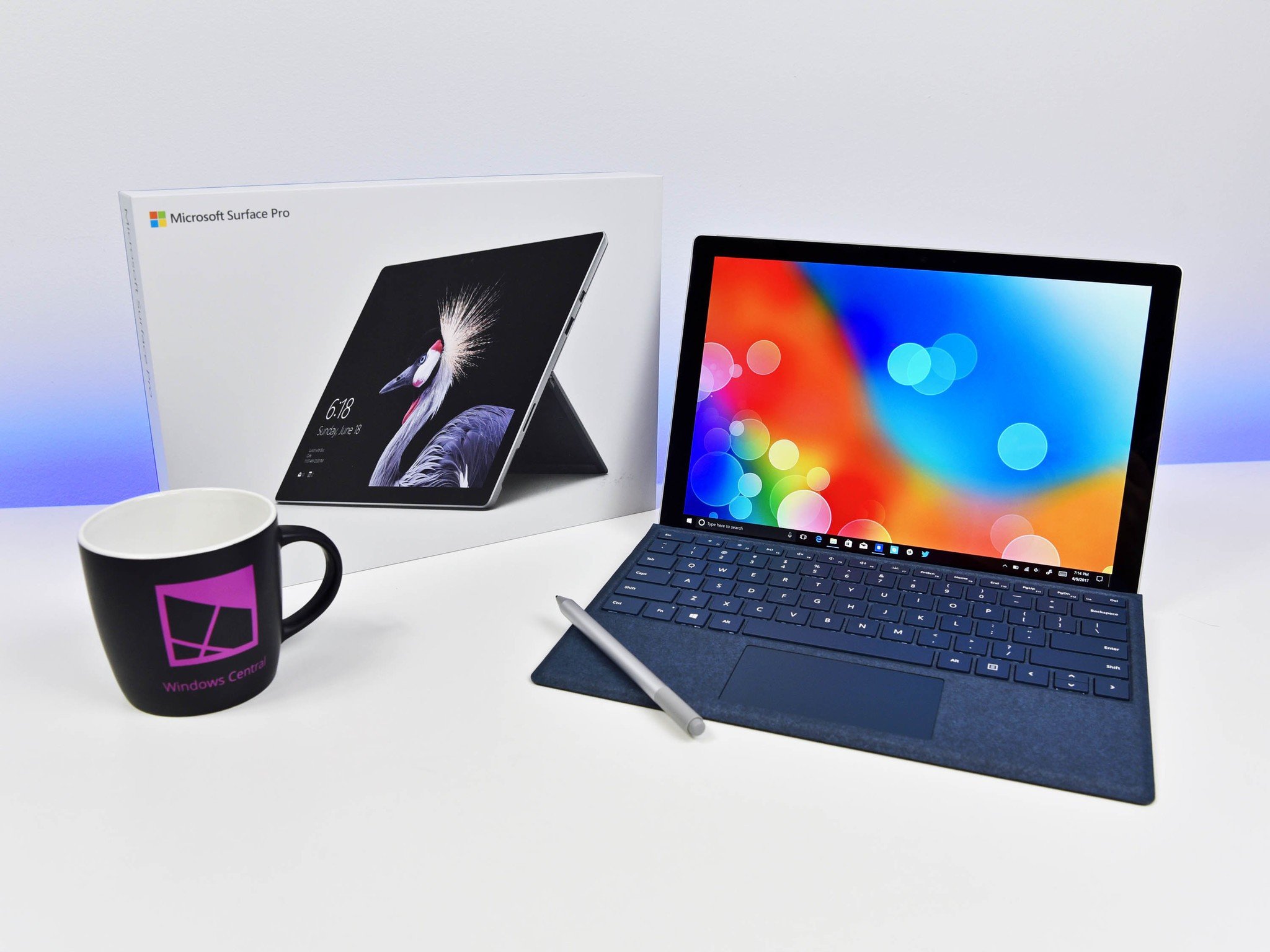
The fifth-generation Surface Pro — not to confused with the newer Surface Pro 6, which we also compared to the Go — is still a strong option if you'd like a 2-in-1 device that can handle the performance needs often seen with a desktop PC. There are plenty of configuration options available, it has a larger display than the Go, and it's compatible with all Surface accessories.
The Go is a much better device for those who need a lightweight companion or who prefer the tablet experience. Overall performance won't match that of the Surface Pro, but that's why you can get your hands on a Go for hundreds of dollars less.

Cale Hunt brings to Windows Central more than eight years of experience writing about laptops, PCs, accessories, games, and beyond. If it runs Windows or in some way complements the hardware, there’s a good chance he knows about it, has written about it, or is already busy testing it.
